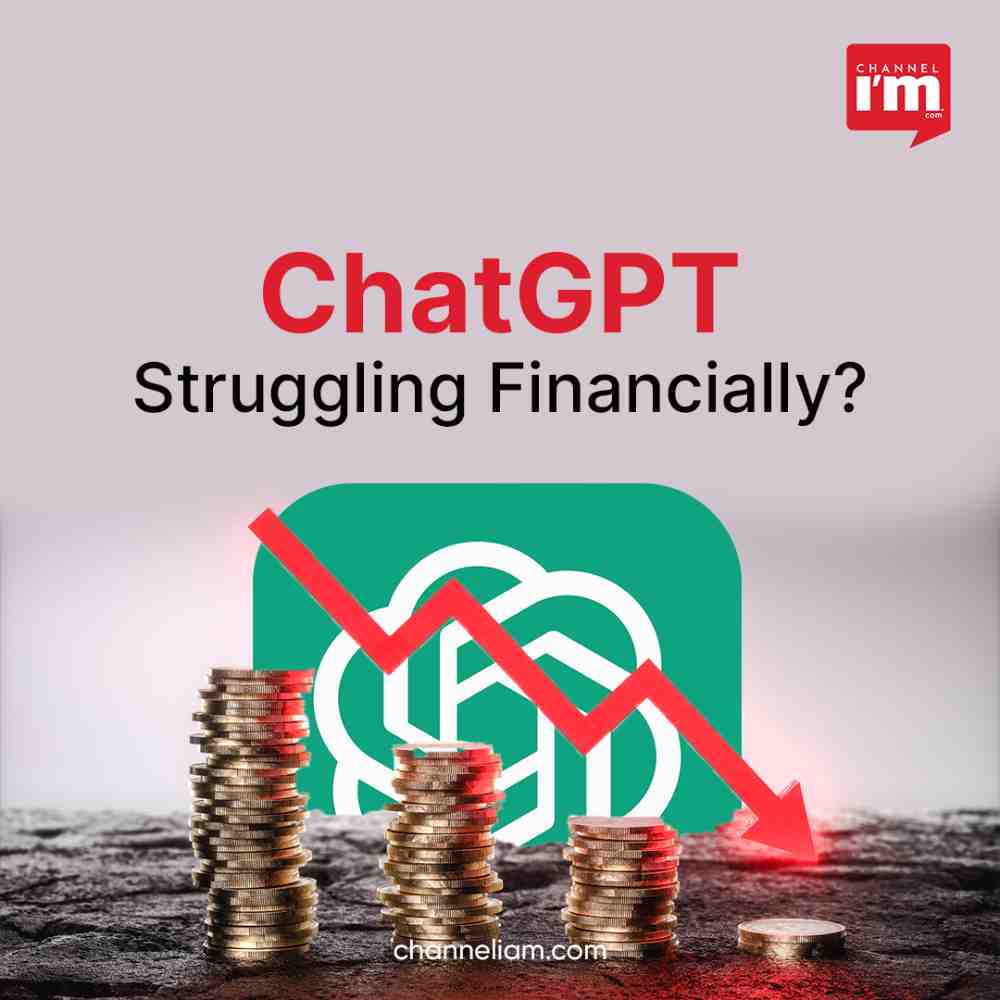
OpenAI, the visionary tech company behind the innovative ChatGPT language model, is facing a precarious financial situation. Despite substantial investments from Microsoft and other backers, concerns have been raised about the company’s profitability. A recent report from Analytics India Magazine highlights OpenAI’s mounting losses, challenges related to user engagement, and the potential impact of rival initiatives on its future. Let’s delve into the details of OpenAI’s financial struggles and the obstacles it must overcome to maintain its position in the AI landscape.
Running on Subsidies: A Risky Proposition
OpenAI expends a staggering $700,000 daily to sustain operations of ChatGPT. Currently, the costs are being covered by Microsoft and recent investors, but this subsidy might not last indefinitely. Analysts warn that the company could be pushed to the brink of bankruptcy by the end of 2024 if it fails to turn a profit soon. Despite the substantial investment, profitability remains a critical concern.
Ambitious Revenue Projections Amidst Losses
OpenAI has projected an ambitious revenue forecast of $200 million for 2023, with aspirations to reach $1 billion in 2024. However, the reality paints a different picture. The company’s losses have surged to $540 million since embarking on the development of ChatGPT. The challenge lies in bridging the gap between these projections and the current financial situation.
User Engagement on the Decline
A notable trend contributing to OpenAI’s woes is the declining user engagement on the ChatGPT platform. After hitting a peak of 1.9 billion user visits in May, visits dwindled to 1.7 billion in June and further to 1.5 billion in July. This declining trend has prompted speculation about the reasons behind it.
API Cannibalization and Open Source Alternatives
A potential factor in the dip in user visits is the concept of API cannibalization. Many companies are utilizing OpenAI’s API to incorporate the language model into their workflows, rather than directly engaging with the ChatGPT platform. Additionally, the rise of open source language model alternatives like Meta’s Llama 2, developed in collaboration with Microsoft, poses a challenge. The availability of these alternatives raises questions about the appeal of OpenAI’s paid and proprietary version.
GPU Shortage and Rivalry
OpenAI’s ambitions to enhance and develop new models have been hampered by the global shortage of graphics processing units (GPUs). This shortage has impacted the company’s capacity for innovation. Adding to the competition is Elon Musk’s development of a rival chatbot, “TruthGPT,” which seeks to address biases in AI-generated content. Musk’s proactive approach, including acquiring thousands of NVIDIA GPUs, poses a significant challenge.
Paid Model Transition and Future Prospects
OpenAI’s transition to a paid version of its service has generated revenue, but details about its financial impact remain unclear. The company’s potential IPO looms as a possible exit strategy for investors, which could result in OpenAI being acquired by larger corporations.
OpenAI’s journey is marked by groundbreaking innovations and challenges inherent in a rapidly evolving AI landscape. As it navigates financial concerns, user engagement shifts, and competition from rivals, the company’s future remains uncertain. The strategic decisions it makes in the coming months will shape whether the ChatGPT empire can overcome these hurdles and remain a frontrunner in the realm of artificial intelligence.
